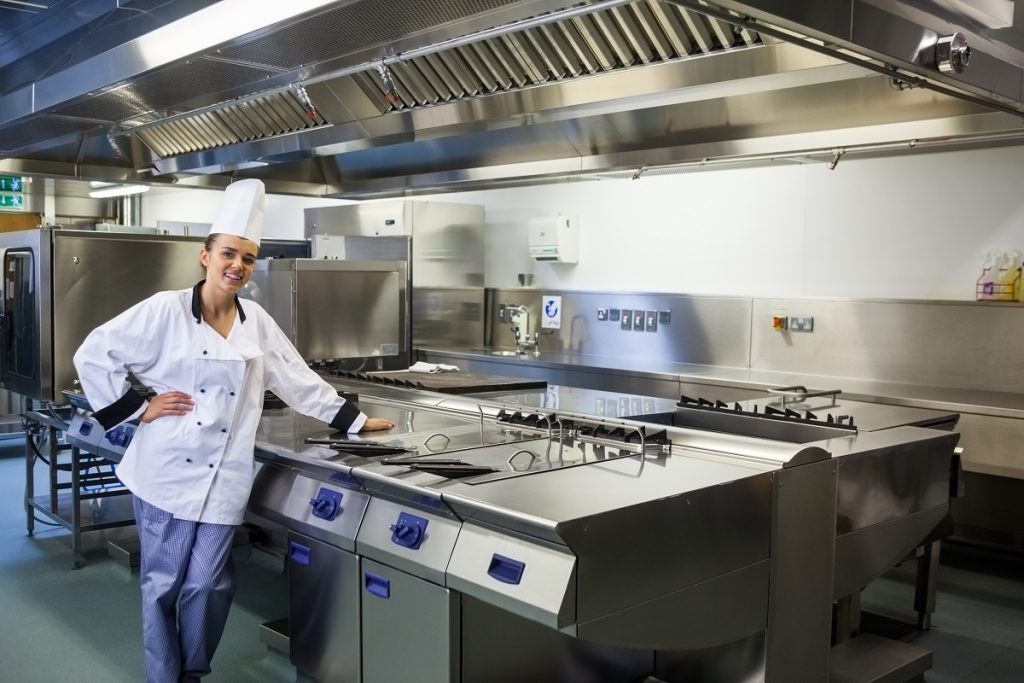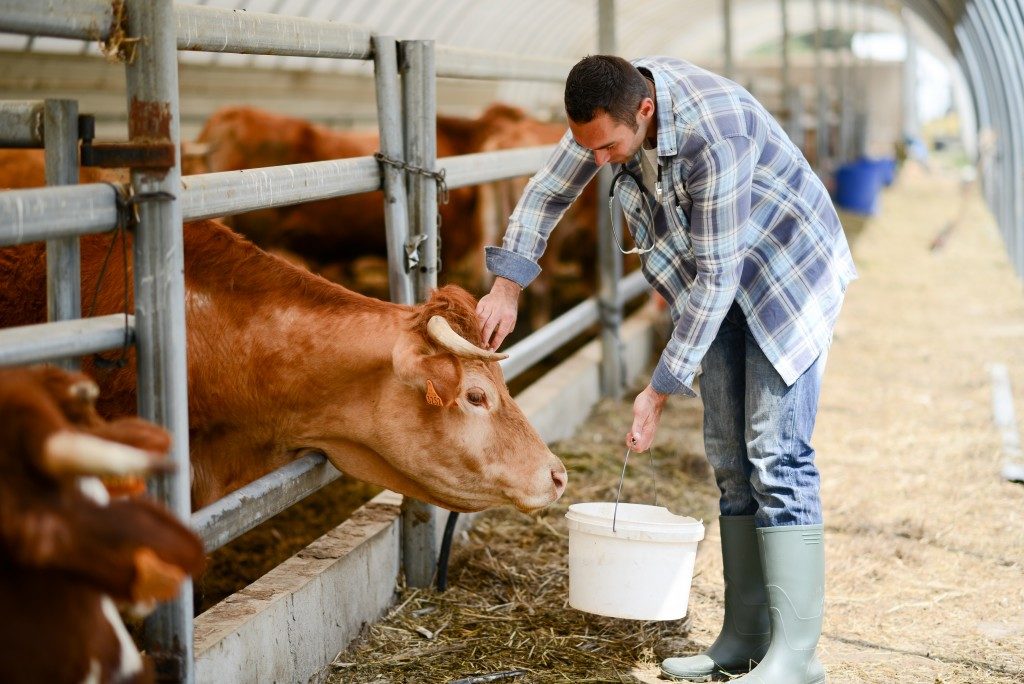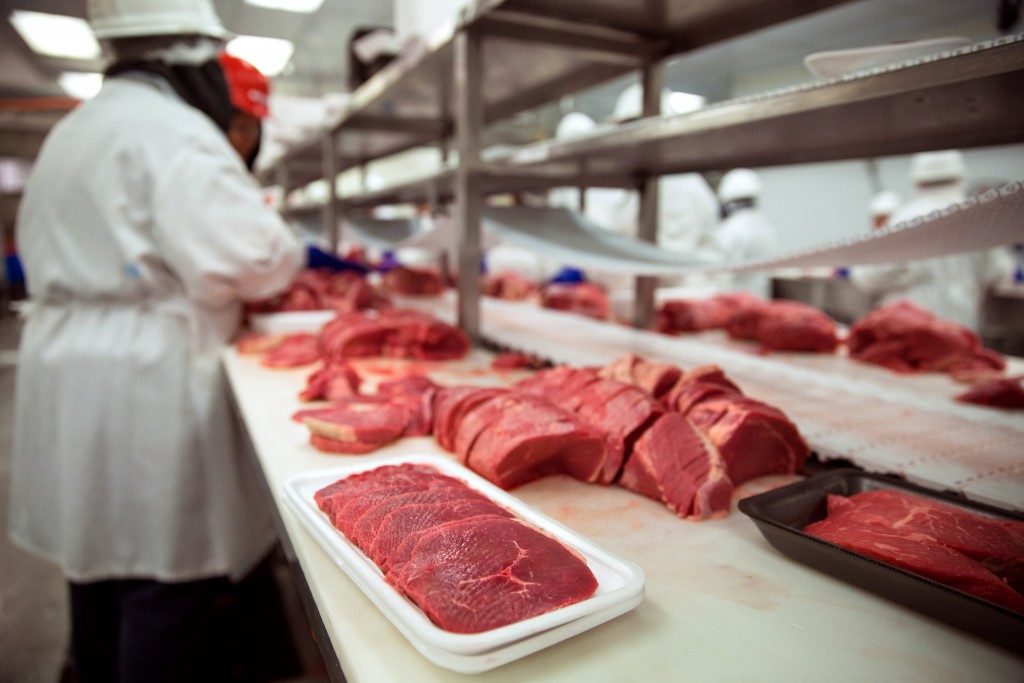- Regular cleaning and sanitization help prevent grease and bacteria build-up in restaurant equipment.
- Utilizing an industrial water softening system removes minerals, preventing clogs and equipment deterioration.
- Routine maintenance and prompt repairs can help detect as well as solve problems early.
- High-quality equipment endures longer, offsetting the cost of frequent replacements for cheaper alternatives.
- Proper storage, regular testing, and proper lubrication help maintain equipment during low usage periods.
Running a successful restaurant is no easy feat. From perfecting recipes to creating a unique ambiance, countless tasks must be done. However, maintaining essential equipment is one often overlooked aspect of running a restaurant.
Kitchen appliances such as ovens, refrigerators, and dishwashers are vital to keeping any restaurant up and running. Without proper care, restaurant equipment can break down and ultimately cause an unnecessary headache for business owners.
When you enter a restaurant, the last thing you want is to see dirty cutlery and stained tablecloths. Cleanliness is crucial for a good dining experience, but it doesn’t stop there.
Maintaining your restaurant equipment is essential to providing a hygienic environment to cook and serve. Not only does equipment maintenance improve the quality of the food being prepared, but it also ensures that your appliances last longer, ultimately saving you money in the long run.
Regular Cleaning and Sanitization

Regular cleaning and sanitization is one of the most important strategies for maintaining restaurant equipment. Moreover, this helps prevent the build-up of grease and bacteria, which can cause equipment to break down faster than usual. Cleaning and sanitizing your equipment should be part of your standard operating procedures.
Utilizing an Industrial Water Softening System
If your restaurant is in an area with hard water, installing an industrial water softening system is essential. Hard water can cause mineral build-up and negatively impact the performance of your equipment.
The mineral build-up can lead to clogged pipes, poor water flow, and the need to replace your equipment sooner than expected. A water softening system helps to remove these minerals, extending the life of your restaurant equipment while improving its performance.
Routine Maintenance and Repairs
When maintaining your restaurant equipment, routine maintenance and repairs are essential. These preventative measures can catch issues early, saving you expensive repair costs in the long run.
Schedule regular maintenance checks with a professional, and ensure your team knows how to identify when something isn’t working correctly. When you spot something out of the ordinary, it’s vital to address the problem immediately before further damage occurs.
Invest in High-Quality Equipment
Finally, the quality of your restaurant equipment should not be overlooked. Cutting costs and purchasing cheaper equipment might be tempting when starting a business.
However, investing in high-quality equipment at the start can significantly impact the longevity of your appliances. In the long run, re-buying cheaper equipment that won’t last as long as expected is often more expensive.
Employee Training and Accountability

The lack of training and management oversight regarding restaurant equipment can result in its misuse and cause damage beyond repair. It’s essential to ensure your employees use the right tools and follow maintenance procedures to avoid premature wear and tear.
Besides, employees must be responsible for the equipment, ensuring they don’t damage or abuse it. Regular training on equipment use, care, and maintenance can go a long way in extending the lifespan of your restaurant equipment.
Strategies for Protecting Equipment During Off-Seasons or Low Usage Periods
Protecting your restaurant equipment during off-seasons or periods of low usage is crucial in ensuring maximum lifespan. One top strategy is keeping the equipment clean and dry before storage. Equipment stored in damp or humid areas can rust or corrode, with degraded quality or performance.
Proper Storage and Covering
Many restaurant owners ignore the importance of proper storage and covering of equipment. Strategically placing covers can effectively eliminate moisture build-up, reducing the probability of rust or corrosion.
It’s essential to determine each piece of equipment’s protective cover size to ensure your equipment doesn’t get scratched or damaged during storage. You can opt for custom-made covers perfect for a specific type of kitchen equipment.
Regular Start-Up and Lubrication
Regularly checking and testing restaurant equipment is essential in keeping it in tip-top condition. Testing your equipment’s functionality can help detect minor issues before they become significant problems.
Proper lubrication can reduce friction by keeping your equipment moving smoothly. Lubricating equipment like ovens, dishwashers, and slicers helps reduce the risk of equipment failure and extend the lifespan of your restaurant equipment. Inventory
Management and Documentation
Proper inventory management and documentation can go a long way in extending the lifespan of your restaurant equipment. As the equipment deteriorates with age and wear and tear, it is crucial to make informed decisions about its replacement or repairs.
Maintaining an inventory and documentation can track equipment usage and repair history, orient employees on correct equipment usage, assist in scheduling maintenance, and manage spare parts and supplies.
Maintaining restaurant equipment in top condition should be a top priority for any restaurant owner. The above strategies can help you significantly extend your restaurant equipment’s lifespan.
Regular employee training, proper storage and covering, inventory management, and documentation can help avoid costly repairs or replacements and ensure smooth operations. It’s essential to look out for warning signs such as increased energy bills, unusual sounds, slower output, and visible signs of wear and tear.


